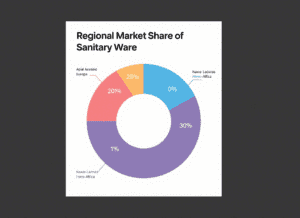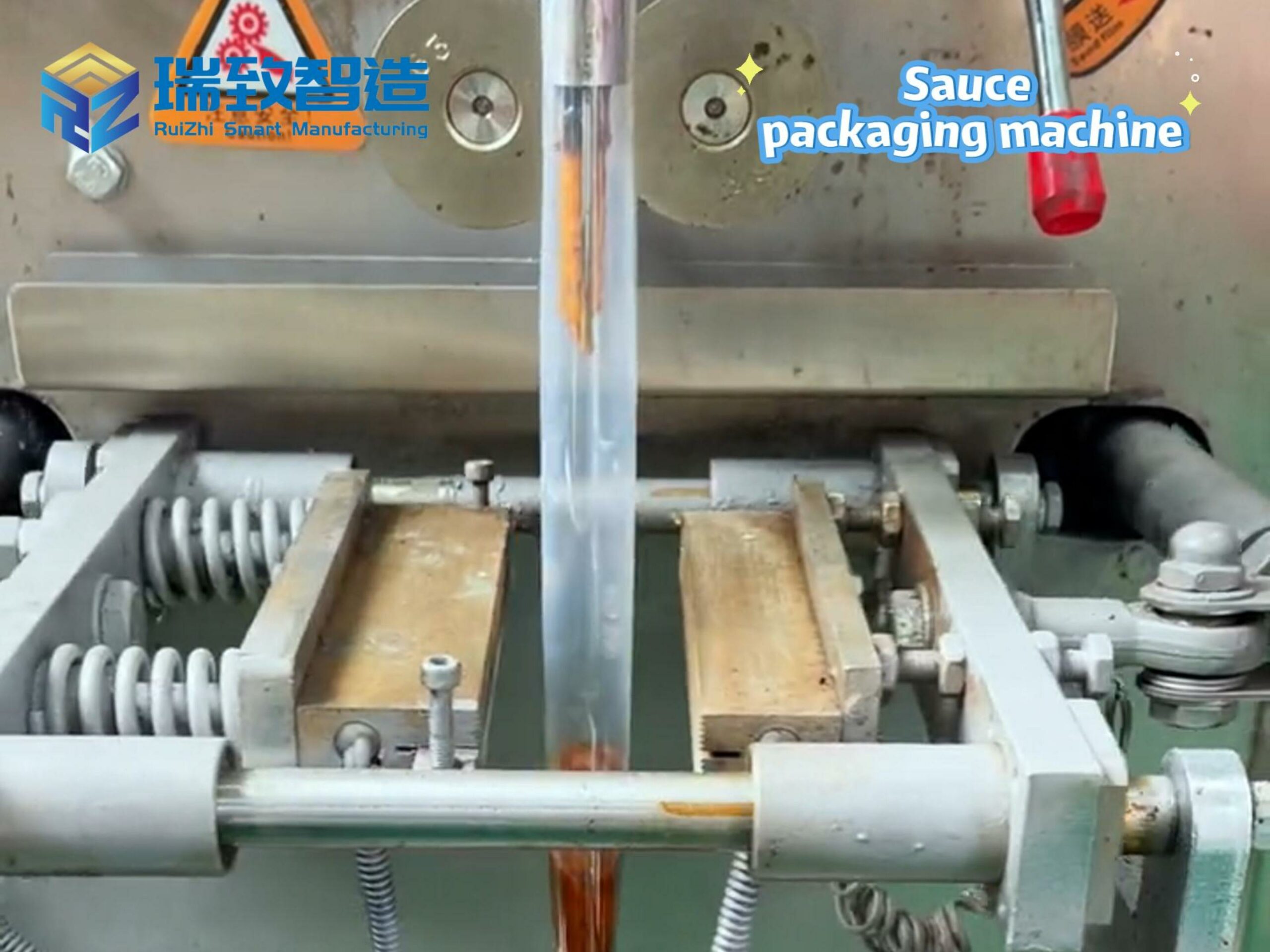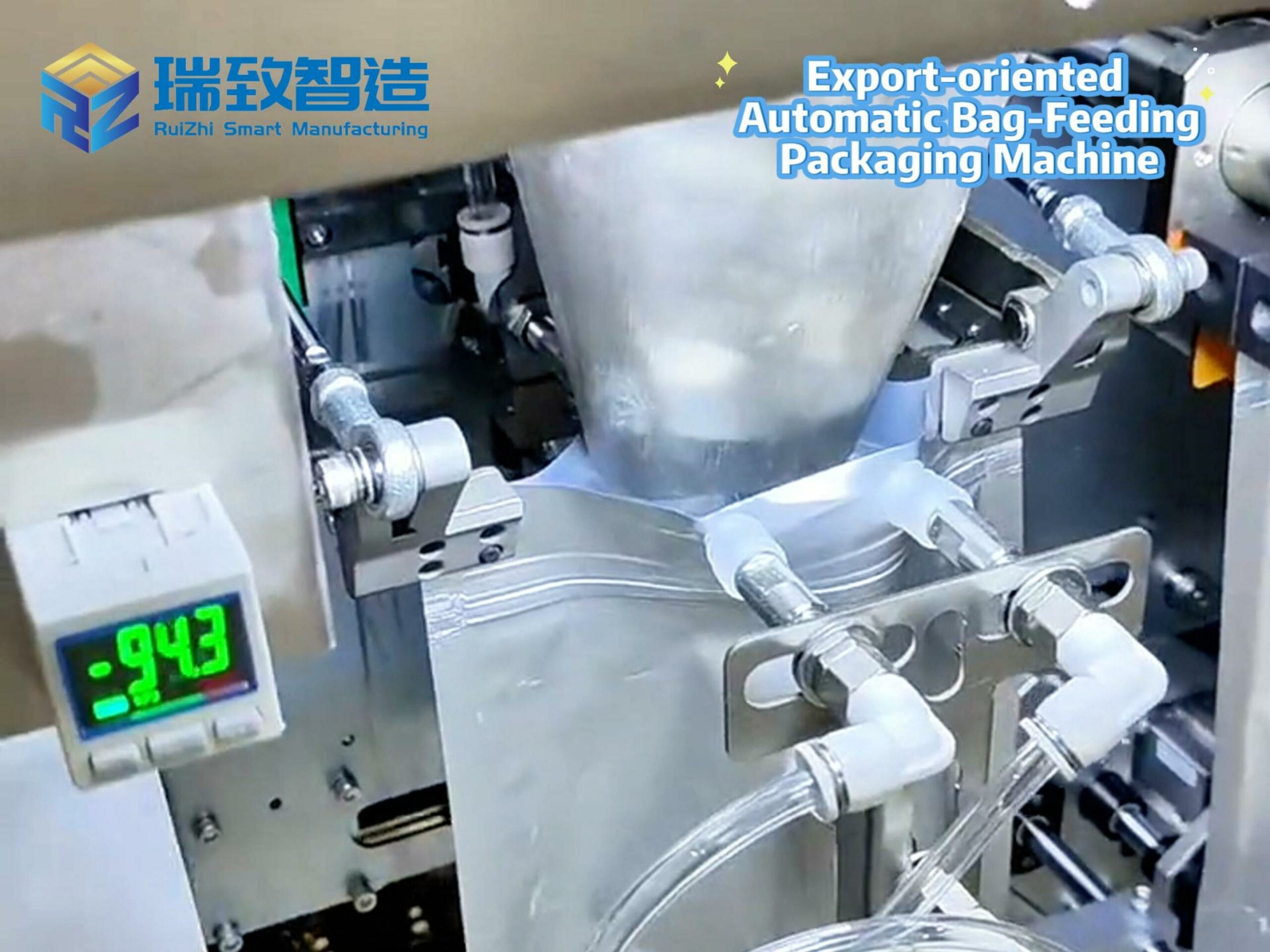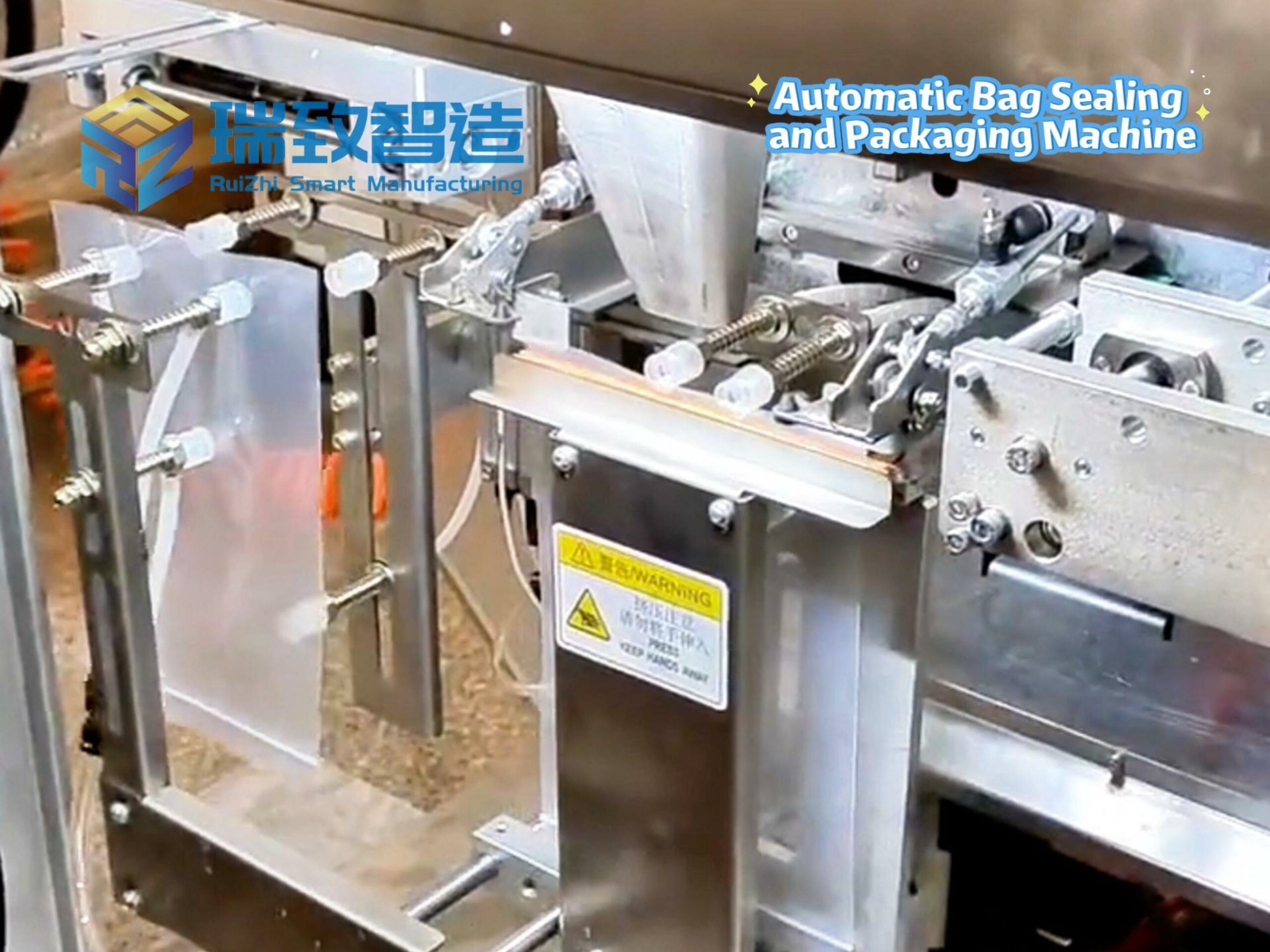
1, Introduction to Sanitary Ware Products
With the improvement of people’s living standards and the change of consumption concepts, people’s requirements for the home environment are increasing. As the most private space in the home environment, the decoration and supporting facilities of the bathroom are closely related to the quality of family life. Therefore, sanitary ware products have attracted more and more attention from consumers, becoming indispensable daily necessities, and are widely used in various buildings such as family residences, hotels, office buildings, and commercial centers. Sanitary ware products can be divided into two categories: sanitary facilities and sanitary accessories. Sanitary facilities mainly include shower rooms, bathroom cabinets, bathtubs, toilets, etc.; sanitary accessories mainly include showers, faucets, floor drains, etc.
A shower room is a sanitary unit composed of walls and corresponding structural parts, which can separate the dry and wet areas for showering. As an independent shower compartment, the shower room makes full use of a corner of the room and uses a fence composed of hardware and glass to clearly divide the shower area, forming a relatively independent bathing space, thus realizing a reasonable division of bathroom functions. In terms of functions, the shower room not only has the function of showering but also can prevent water splashing, maintain dry-wet separation, improve safety, save space, and increase aesthetics, etc.
Shower rooms can enhance people’s use experience and improve mood, making the bathroom more comfortable. In terms of styles, shower rooms can be divided into straight-line shower rooms, 扇形 shower rooms, diamond-shaped shower rooms, square shower rooms, T-shaped shower rooms, and irregular-shaped shower rooms, etc., as follows:
- Straight-line shower room: All glass is in the same horizontal direction, and it is combined with the three walls of the bathroom to form a closed straight-line shower room.
- Fan-shaped shower room: It uses the corner to form an independent bathing space, which is suitable for well-decorated small bathrooms, especially for families with the elderly. The arc shape effectively reduces collisions and has good safety.
- Diamond-shaped shower room: It uses the corner to form an independent bathroom space, which is also suitable for well-decorated small bathrooms. While making full use of the corner, it can also leave a passage in the external area.
- Square shower room: When the bathroom is relatively large, a square shower room can be considered. It is usually composed of two adjacent walls or a single wall combined with glass to form a square shower space. Most of them are composed of a screen and a fixed leaf.
- T-shaped shower room: It divides the shower room into two parts. Usually, one side is used as the shower area, and the other side is used to arrange the toilet or other bathroom equipment.
- Irregular-shaped shower room: In addition to the above shapes, Rose Island can also customize irregular-shaped shower rooms according to the actual environment, even without restrictions on application scenarios, and can be used as partitions in kitchens, studies, etc.
- Overview of the Development of the Sanitary Ware Industry
The modern sanitary ware manufacturing industry originated in countries such as the United States and Germany in the mid-19th century. After more than 100 years of development, the technology and craftsmanship of sanitary ware products in Europe and the United States have gradually matured, and the management and technical levels are at a high level. Since 2000, China’s sanitary ware industry has ushered in a period of rapid development. The output, quality, design level, and craftsmanship of products have been rapidly improved, and the products have gradually been favored by consumers at home and abroad.
Since the 1970s, China has gradually undertaken the transfer of the world’s sanitary ware industry. International well-known sanitary ware brands such as KOHLER and TOTO have entered the Chinese market or set up production bases in China. Relying on their own brand advantages and technical advantages, they have quickly occupied the domestic high-end sanitary ware market and are widely used in high-end hotels, office buildings, and residences in coastal areas.
At this time, China’s sanitary ware industry was just starting. Local sanitary ware products had not yet formed large-scale production, with a single product variety, low production efficiency, and mainly facing the mid-to-low-end market. Since the mid-to-late 1990s, China’s urbanization has steadily advanced, residents’ health consumption habits and quality have continued to improve, and people’s requirements for the clean and comfortable experience of the bathroom space have further increased. Sanitary ware products have shown the characteristics of diversification and personalization, and the overall market has shown a high-speed growth trend.
At the same time, many local sanitary ware enterprises have also developed and risen. At this stage of development, while foreign brands occupied the high-end market, they also began to gradually penetrate into the mid-end market. As the country continues to optimize and adjust the industrial structure, promote and deepen supply-side structural reforms, and encourage traditional manufacturing industries to carry out industrial optimization and upgrading and strategic transformation, from “Made in China” to “Intelligent Made in China”. Since then, the sanitary ware industry has accelerated reshuffle and entered the stage of brand concentration. A number of local sanitary ware brands such as ARROW, Huida, and Jiumu have gradually developed into national brands. Funds, talents, technology, channels, and ecological chains are all moving closer to leading manufacturers, and the entire market has gradually entered a relatively benign development stage. With years of technical accumulation and market development, local brands have gradually entered the mid-to-high-end market, forming a frontal confrontation with foreign brands that are gradually sinking, and market competition has become increasingly fierce.
From the development process of China’s sanitary ware industry, it can be seen that from the initial introduction and imitation of foreign technologies and designs to the creation of local brands and continuous independent research and development, product iteration, and intelligent support, the market competitiveness of self-owned brand products has been continuously improved. At present, international brands still occupy a large share of the sanitary ware market and still lead in high-end and high-premium categories. However, in recent years, the product strength of excellent domestic local sanitary ware brands has significantly improved, and products have continued to extend from the mid-to-low end to the high-end field, with market share and brand influence continuing to expand.




















